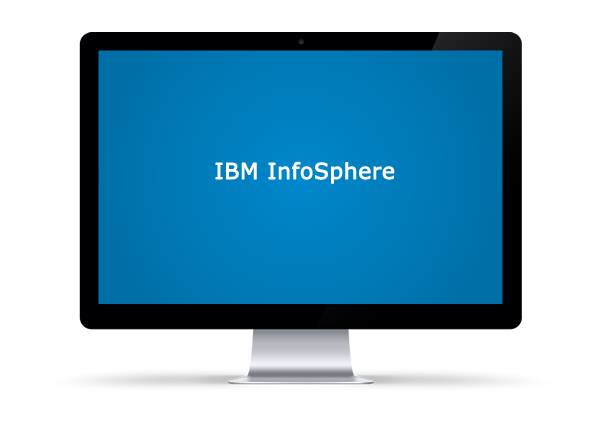IBM InfoSphere DataStage Training In Bangalore.
Basic Introduction

IBM InfoSphere DataStage-The irresistible ETL solution with its infinite wisdom is the current key player in the ETL arena. With its prosperous features supporting highly complex warehouse architectures, all real time and historic data, it has a resolution for every ETL need.
We are the best DataStage Training Institute in Bangalore. Our trainers are well experienced experts and we are limiting the batch size to give better knowledge to all the students.
DataStage supports all existing databases in the current market including the most recent big data, all external sources of data including real time data, provides numerous transformation utilities including PL/SQL utilities, and has well defined data restructuring functionalities and extensive debugging features. So, any source of data can be accessed, transformed according to the business needs and can be moved to the target systems residing in remote host systems.
Datastage has numerous data types, easy metadata management and dedicated OSH to run high data volume jobs in a reduced timeframe. Because of its underlying parallelism feature the ETL transformation which consumes more hardware resources and considerable time frame in other environment will show a remarkable improvement in both resources and time when implemented in DS. The tool provides full integration facilities to the file servers like Linux, UNIX, hadoop and well proven scripting languages like SHELL, PERL etc…Also its provides separate interface for web based java and even chains web service and XML.
With its latest release in the market IBM InfoSphere Datastage -8.7, Datastage has again proved as the best ETL tool backing up all its competitors. Considering all its capabilities and to enjoy the benefits of the most important feature – Full Parallelism, most of the business users choose and recommend Datastage to server their complex ETL needs. It’s no doubt that one can get a promising career in DWH domain if the path is Datastage.
What to wait for? Come lets WOW Datastage!!!
Datastage Introduction
Types of DataStage Job
Setting up DataStage Environment
Creating Parallel Jobs
Accessing Sequential Data
Platform Architecture
Combining Data
Sorting and Aggregating Data
Transforming Data
Repository Functions
Working with Relational Data
Metadata in Parallel Framework:
Job Control
At the end of session CV preparation, Interview questions, Placement Guidance will be provided.As NI Analytics India is manpower sourcing company providing manpower fresher to experienced in Oracle and other technology across india we can support our students well for Placements in Reputed IT companies and MNC’s.
For more information Demo class , Admission, New batches Please contact 9535024636 / 9916806516, Email: enquiry@nianalyticsindia.com
